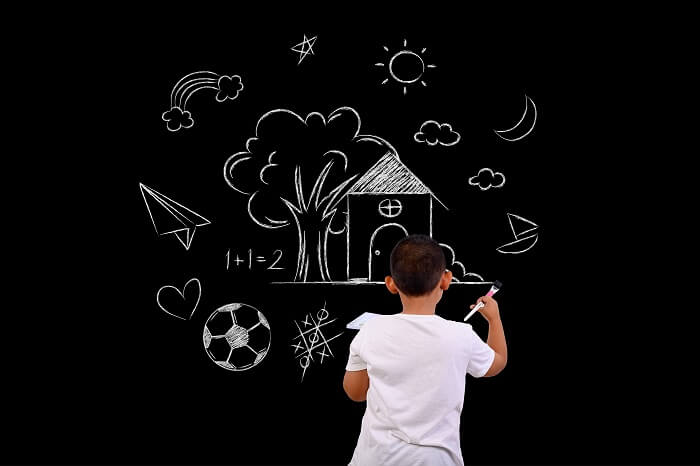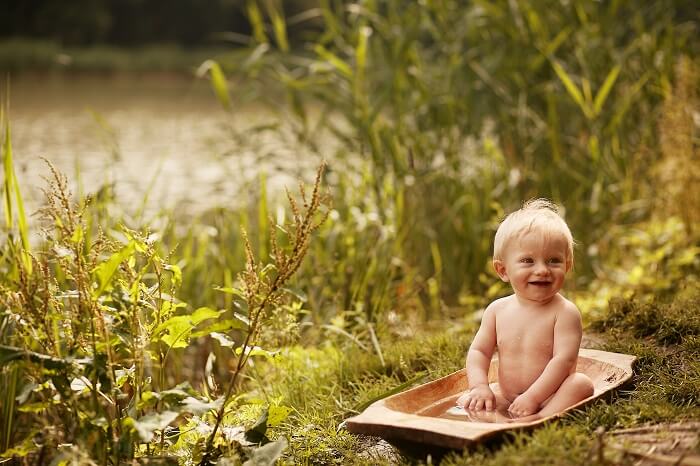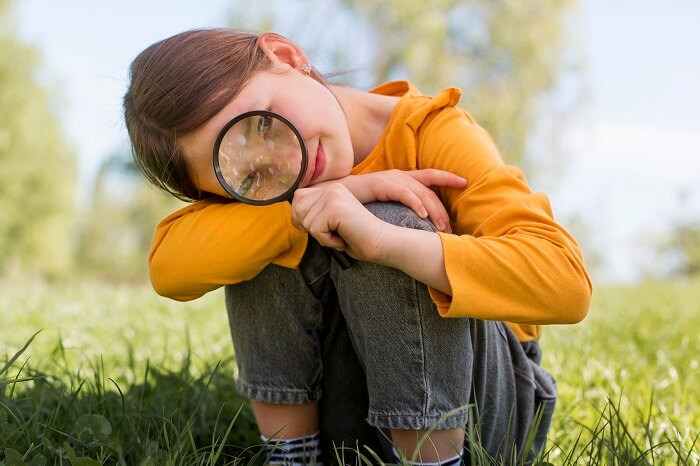As a Child, Where Did You Think Babies Came From?
As children, we possess an innate curiosity about the world around us, often leading us to ponder the mysteries of life. One such question that tends to baffle young minds is the origin of babies. With limited knowledge and vivid imagination, children come up with their own unique theories to make sense of the complex process of reproduction. In this article, we will explore the various ways in which children perceive the arrival of newborns and discuss how parents and educators can provide accurate information to satisfy their curiosity.

Understanding Childhood Curiosity
2.1 Exploring the Concept of Reproduction
Children's understanding of reproduction evolves as they grow older. At an early age, they might believe that babies are simply "found" or "arrive" without a clear understanding of how they come into existence. It is crucial for adults to acknowledge and address this curiosity by explaining the biological aspects of reproduction in a developmentally appropriate manner.
2.2 Influence of Cultural Factors
Cultural beliefs and traditions play a significant role in shaping children's perception of where babies come from. Different cultures may have their own unique stories or explanations, such as tales of storks delivering babies or folklore involving magical thinking. It is important to recognize these influences and provide accurate information that aligns with scientific knowledge.
Common Misconceptions
3.1 Storks and Cabbage Patch Kids
One of the most common misconceptions among children is the belief that storks deliver babies. This notion may arise from stories, cartoons, or popular culture references. Similarly, some children might think that babies are grown in cabbage patches, as depicted in certain folklore or children's literature. These misconceptions highlight the need for accurate education to dispel such myths.
3.2 Magical Thinking and Fairy Tales
Children's vivid imagination often leads them to create fantastical explanations for the arrival of babies. Fairy tales, with their magical elements and talking animals, can sometimes confuse young minds and blur the distinction between fiction and reality. It is important to gently guide children toward understanding the scientific truth behind reproduction while appreciating their imaginative thinking.

Age-Appropriate Education
4.1 Honest Communication
When it comes to discussing reproduction with children, honest and open communication is essential. It is crucial to create a safe and non-judgmental environment where children feel comfortable asking questions. By fostering a trusting relationship, parents and caregivers can address their child's curiosity effectively.
4.2 Providing Basic Biological Information
Starting with age-appropriate basic biological information is key. Parents can explain that babies are created when a sperm from the father fertilizes an egg from the mother. Using simple language and visual aids, such as diagrams or illustrations, can help children grasp the concept more easily.
Teaching Reproduction in Schools
5.1 The Role of Comprehensive Sex Education
Schools also have a significant role in educating children about reproduction. Comprehensive sex education programs, tailored to different age groups, provide accurate information about the human reproductive system and the process of conception. By including this topic in the curriculum, schools contribute to a well-rounded understanding of human development.
5.2 Addressing Cultural Sensitivities
In a multicultural and diverse society, it is crucial to address cultural sensitivities when teaching reproduction in schools. Educators should approach the subject with cultural awareness, acknowledging that different families may have unique beliefs and practices. By fostering inclusivity and respect, schools can ensure that all children receive accurate information while considering cultural diversity.
Parental Guidance and Conversations
6.1 Open and Non-judgmental Atmosphere
Beyond formal education, parents play a crucial role in shaping their child's understanding of reproduction. Creating an open and non-judgmental atmosphere allows children to approach their parents with their questions and concerns without fear of criticism or embarrassment.
6.2 Answering Questions Truthfully
When children ask questions about reproduction, it is important for parents to provide truthful answers appropriate to their age and level of understanding. It is perfectly acceptable to admit if a question is challenging or requires further research. This approach encourages critical thinking and demonstrates that seeking knowledge is an ongoing process.
Online Resources and Books
7.1 Age-Appropriate Materials
In addition to direct conversations, online resources and books can serve as valuable tools for teaching children about reproduction. There are numerous age-appropriate websites, videos, and books available that explain the biological aspects of reproduction in a clear and engaging manner.
7.2 Addressing Diverse Family Structures
It is important to select resources that recognize and include diverse family structures. Children should be exposed to materials that reflect different types of families, including single parents, same-sex parents, or adoptive families. This ensures that children develop a comprehensive understanding of reproduction within the context of different family dynamics.
Conclusion
As children's innate curiosity leads them to ponder the origins of babies, it is our responsibility as parents, educators, and caregivers to provide accurate information. By fostering open communication, addressing misconceptions, and utilizing age-appropriate resources, we can help children develop a clear understanding of reproduction while nurturing their curiosity and supporting their overall growth and development.

FAQs
When should parents start discussing reproduction with their children?
The timing of discussions about reproduction will vary for each child and family. However, it is generally recommended to start introducing basic concepts in an age-appropriate manner around the age of 4 or 5. As children grow older, more detailed information can be provided to match their level of comprehension.
How do I explain reproduction to my child without overwhelming them?
To avoid overwhelming your child, start with simple explanations using language and visual aids they can easily understand. Break down the information into smaller, digestible parts and be responsive to their level of curiosity and engagement. Allow them to guide the pace of the conversation and provide additional information as they express interest or ask further questions.
Is it necessary to include information about sex when discussing reproduction?
When discussing reproduction with young children, it is not necessary to provide explicit details about sexual intercourse. Instead, focus on the basic biological processes of sperm and egg coming together to create a baby. As children mature and demonstrate a deeper understanding, parents can introduce more comprehensive discussions about human sexuality and relationships.
How can I approach the topic if my cultural background has certain taboos around reproduction?
If cultural taboos exist around discussing reproduction, it can present a challenge. In such cases, it is important to approach the topic with cultural sensitivity and respect. Seek resources and materials that align with your cultural values and beliefs, and find ways to convey essential biological information while honoring your cultural traditions.
What are some recommended books or resources for teaching children about reproduction?
There are several excellent resources available to help children understand reproduction. Some recommended books include "It's Not the Stork!" by Robie H. Harris, "What Makes a Baby" by Cory Silverberg, and "Amazing You! Getting Smart about Your Private Parts" by Dr. Gail Saltz. Additionally, websites such as Planned Parenthood and KidsHealth offer age-appropriate information and resources for parents and educators.

